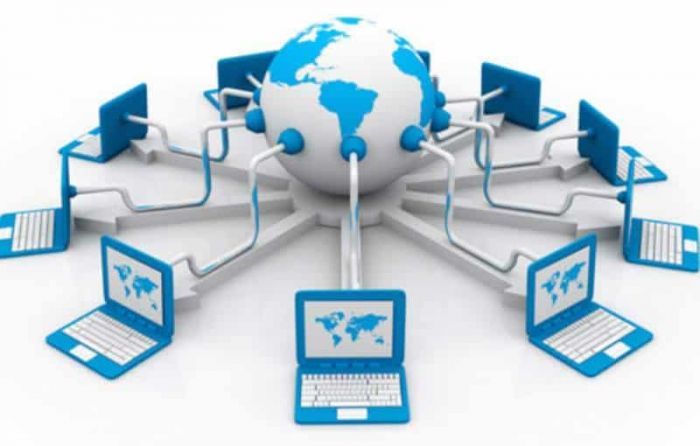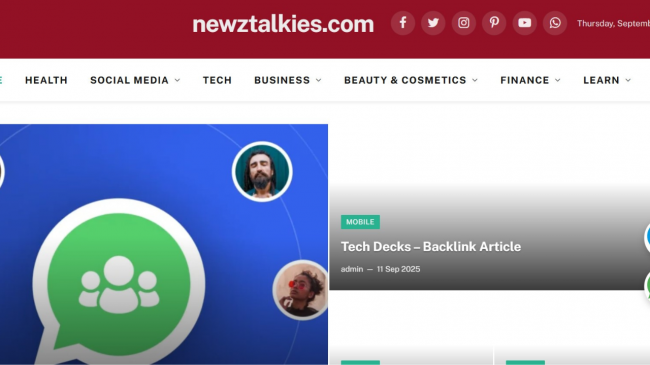Billions of people use the Internet daily, taking its stability and accessibility for granted. Have you ever wondered who's responsible for keeping its proverbial lights on? Not the search engine, social media, or e-commerce behemoths that take advantage of the infrastructure, but the organizations that define and develop it.
This article examines six such organizations. Take our brief tour and familiarize yourself with the linchpins that shape the Internet as we know it.

1. Internet Corporation for Assigned Names and Numbers
Decentralization and openness are at the core of how the Internet operates. Even so, it would quickly fall into disarray without standards and conventions. ICANN is a non-profit organization set up to facilitate the standardization, allocation, and development of key Internet resources.
Specifically, it oversees the Internet Assigned Numbers Authority (IANA), a coordinated set of procedures & protocols that ensure operational and conflict-free Internet infrastructure. IANA is responsible for general and country-specific top-level domain allocation, like .com, .gov, or .uk.
The authority also handles IP address cluster allocation to the world's five Regional Internet Registries (RIRs). These then distribute the clusters in the regions they're responsible for.
Finally, IANNA maintains records about Internet protocol parameters. These ensure that protocols remain compatible and provide a baseline for further development.
2. Internet Engineering Task Force
The IETF is the chief organization in charge of furthering and promoting various standards instrumental in maintaining and expanding the Internet's underlying architecture. It's a non-profit with an open approach that invites stakeholders to voice concerns and contribute to regularly published technical standards.
Different groups within the IETT develop standards and resolve technical issues related to various Internet-related technologies. The TCP/IP suite is the most critical, followed by Transport Layer Security (TLS), which is integral to upholding the HTTPS protocol that makes general Internet use much more secure.
We also have IETT to thank for developing DNS and IPSec. The Domain Name System allows for the naming, categorization, and identification of Internet resources and connected devices. Internet Protocol Security is the prerequisite for creating secure connections like the ones used by virtual private networks.
3. Internet Society
Whereas our first two organizations are concerned mainly with the technical aspects of the Internet, ISOC goes a step further. The Internet Society's mission is to steer the Internet towards becoming a globally beneficial tool for the betterment of humankind.
Achieving this lofty goal comes through different ISOC activities. ISOC’s broad-scale involvements promote governance, accessibility, and security of the Internet as a whole. However, ISOC also supports local initiatives that bring the Internet to marginalized groups or make it available in isolated areas.
4. Internet Governance Forum
An all-encompassing phrase, Internet governance covers the technical, legal, and decision-making elements guiding the functioning and development of the Internet. Established as a forum for stakeholders to meet and address governance problems, the IGF, by the United Nations, brings people together.
Promoting governance, the IGF stresses the need for cooperation between governments, civil society groups, academic, and technical experts. It enables groups and conversations on a broad variety of topics affecting Internet governance, including cybersecurity, AI's influence on the Internet landscape, digital privacy rights, and global access inequality.
5. World Wide Web Consortium
While we rely on the underlying infrastructure that the above organizations direct, we mostly experience the Internet through the web and its services. The body guiding development and controlling standardization of the Web is the World Wide Web Consortium, or W3C.
Standardizing HTML, CSS, JavaScript, and several other technologies that shape how we view and interact with the Web helps us to appreciate what W3C has done. Accessibility is among the W3C's core tenets. The organization puts considerable effort into creating and advancing accessibility standards that make the Web more inclusive for people with disabilities. Similarly, its internalization efforts promote Internet access unhindered by language and education barriers.
6. Center for Internet Security
The Internet’s rapid development comes with increased cybersecurity risks. The Center for Internet Security (CIS) helps even the odds by developing and advising governments, organizations, and companies on cybersecurity best practices. It regularly publishes benchmarks – recommendations organizations can use to assess their vulnerability and reduce their attack surface.
Individuals still need to rely on measures like a password management tool and VPNs to safeguard their accounts and protect their Internet privacy. Services such as NordPass, which you can learn more about at https://nordpass.com/password-manager/, offer secure and user-friendly ways to manage passwords.In the meantime, the CIS's constantly changing best practices and recommendations guarantee that firms that adhere to them are more cyberattack and data breach resilient, therefore helping Internet users in general.
Choosing the best password manager is an essential step for anyone looking to improve their online security. These devices not only safely save your credentials but also produce robust, distinctive passwords for each account, therefore lowering the risk of repetition and violations. Because of its cross-platform syncing, encrypted storage, and two-factor authentication capability, a trustworthy password manager is a mainstay of personal and professional cybersecurity.
Conclusion
Though they should be much more honored and recognized, the above organizations and ones like them will continue to work away from the spotlight. This essay will hopefully help to clarify the work and devotion required for the Internet to run as flawlessly and easily as it does.
Post Comment
Be the first to post comment!




